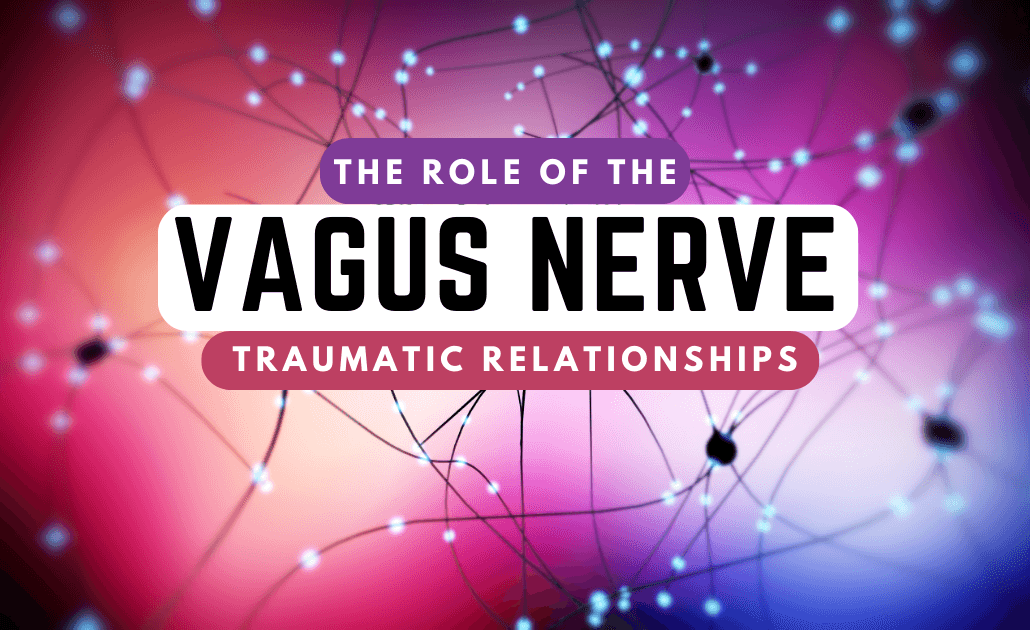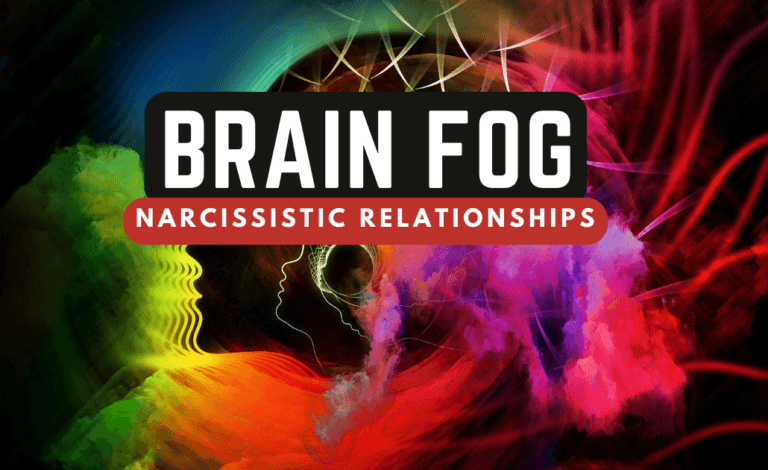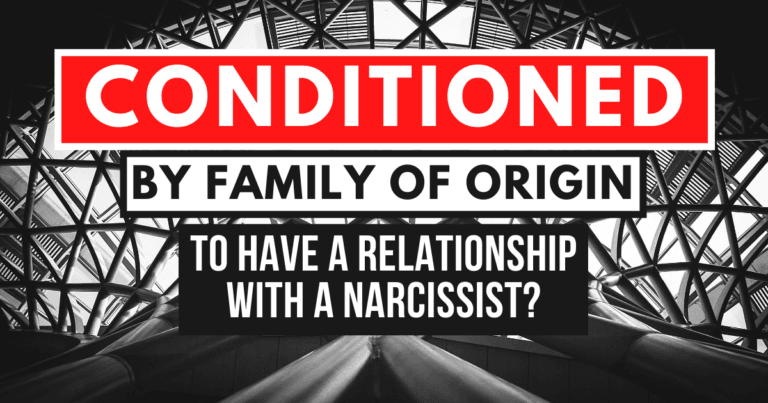What is the Dorsal Vagus Nerve Shutdown: Understanding its Impact on Mental and Physical Well-Being
Is Our Body Interconnected?
Have you been in a narcissistic relationship or even a toxic relationship and then felt that things were off balance in your life?
Read on…I have wanted to write on this topic for some time.
The human nervous system is a fascinating network of interconnected pathways that influence our emotions, behaviors, and responses to the world around us.
Among its intricate components, the vagus nerve, with its branches including the dorsal vagus, plays a crucial role in shaping our physiological and psychological reactions.
While the dorsal vagus nerve is primarily associated with restorative functions, it also becomes entwined with our responses to challenging and emotionally charged situations.
Have you been in an emotionally charged relationship?
In particular, the impact of prolonged exposure to certain adverse interpersonal dynamics can trigger unique patterns in the dorsal vagus nerve’s functioning, subtly affecting how individuals process and navigate social interactions.
Understanding the subtle interplay between the dorsal vagus nerve and challenging relational experiences sheds light on the complexities of human behavior in the context of certain interpersonal relationships.
Table of Contents
Introduction
In this article, we will explore the fascinating connection between the dorsal vagus nerve and certain challenging relational experiences that individuals may encounter. The dorsal vagus nerve, as part of the autonomic nervous system, plays a pivotal role in our body’s rest and relaxation responses, contributing to feelings of calmness and overall well-being.
However, beyond its role in promoting relaxation, the dorsal vagus nerve can be subtly influenced by specific interpersonal dynamics, leading to unique patterns in how individuals respond to social situations.
We will delve into how the prolonged exposure to adverse relational dynamics, often seen in challenging relationships, can trigger a cascade of responses that may affect the functioning of the dorsal vagus nerve. These experiences, which can vary in intensity and nature, may have an impact on an individual’s emotional regulation, social engagement, and overall stress response.
By understanding the intricate relationship between the dorsal vagus nerve and these challenging relational experiences, we can gain valuable insights into the complexities of human behavior within certain social contexts.
Our exploration aims to shed light on how such interactions may subtly influence an individual’s physiological and emotional responses, ultimately shaping their overall well-being and interpersonal interactions.
Through this knowledge, we hope to foster greater awareness and empathy, empowering individuals to navigate challenging relationships with a deeper understanding of their inner responses.
What is the Dorsal Vagus Nerve
The autonomic nervous system (ANS) is a complex network responsible for regulating essential bodily functions without conscious effort. It comprises two main branches: the sympathetic nervous system (fight-or-flight response) and the parasympathetic nervous system (rest and digest response). Within the parasympathetic branch, the vagus nerve holds a vital role in influencing our emotional and physical responses.
The vagus nerve is the longest cranial nerve, originating in the brainstem and extending throughout the body. It branches into the ventral vagus nerve and the dorsal vagus nerve, each serving distinct functions. The ventral vagus nerve is linked to the social engagement system, fostering feelings of connection and safety, while the dorsal vagus nerve plays a significant role in conserving energy during perceived threats.
Related: Please also visit our Recommended Books Page for Books on Narcissism/Healing/Recovery and more…
The Polyvagal Theory
Dr. Stephen Porges introduced the Polyvagal Theory, revolutionizing our understanding of the vagus nerve’s functions. According to this theory, the ANS operates in three distinct states, reflecting our physiological and emotional responses to the environment.
Social Engagement (Ventral Vagal): In the social engagement state, the ventral vagus nerve promotes feelings of safety, connection, and social engagement. This state is associated with relaxation, emotional well-being, and the ability to build healthy relationships.
Fight-or-Flight Response (Sympathetic Nervous System): In response to real or perceived threats, the sympathetic nervous system activates the fight-or-flight response. During this state, the body prepares for action, experiencing increased heart rate, rapid breathing, and heightened alertness.
Dorsal Vagus Shutdown (Dorsal Vagus): When faced with intense stress, trauma, or perceived life-threatening situations, the dorsal vagus nerve triggers a “shutdown” response. This adaptive mechanism allows the body to conserve energy and protect vital organs by slowing down heart rate, breathing, and digestion.
The Science Behind Dorsal Vagus Shutdown
The dorsal vagus nerve is deeply interconnected with the parasympathetic nervous system, which governs the body’s rest and relaxation responses. During a dorsal vagus shutdown, the parasympathetic system dampens its activity, leading to a profound reduction in metabolic rate and bodily functions.
In this state, the body conserves energy by slowing down heart rate, breathing, and digestion, creating a protective mechanism against perceived dangers.
Connection to the Parasympathetic Nervous System: The dorsal vagus nerve serves as a critical component of the parasympathetic nervous system. It operates alongside the ventral vagus nerve to regulate various physiological functions, including digestion, heart rate, and breathing.
Triggering Mechanisms: Dorsal vagus shutdown is often initiated in response to overwhelming stress, trauma, or a sense of imminent danger. Traumatic events, particularly those that result in post-traumatic stress disorder (PTSD), can trigger this response, leaving individuals in a state of emotional and physical withdrawal.
Impact on the Body and Mind: During dorsal vagus shutdown, the body prioritizes self-preservation over engaging with the external environment. This adaptive response can lead to a variety of physical symptoms, including significantly slowed heart rate and breathing, digestive disturbances, and a pervasive feeling of fatigue. Psychologically, individuals may experience emotional numbness, detachment, and reduced social engagement, creating a sense of isolation and disconnection from the world.
Recognizing the Signs of Dorsal Vagus Shutdown
Recognizing the signs of dorsal vagus shutdown is essential for promoting early intervention and support, as it can have a profound impact on an individual’s well-being.
Physical Symptoms
- Slowed heart rate and breathing: Individuals may experience a noticeable decrease in heart rate and shallow breathing, leading to feelings of heaviness and lethargy.
- Digestive issues: Dorsal vagus shutdown can result in digestive disturbances, such as bloating, constipation, or irregular bowel movements.
- Fatigue and low energy: Due to the body’s reduced metabolic rate, individuals may feel persistently tired and lacking in energy.
Psychological and Emotional indicators
- Emotional numbness: The shutdown response may lead to emotional numbness, making it challenging to experience and express emotions fully.
- Dissociation and depersonalization: Individuals may feel disconnected from themselves and their surroundings, experiencing a sense of unreality or detachment.
- Reduced social engagement: A decreased interest in social interactions and withdrawal from relationships can be indicative of dorsal vagus shutdown.
Overcoming Dorsa Vagus Shutdown
Breaking free from dorsal vagus shutdown requires a multifaceted approach that addresses both the physiological and emotional aspects. Seeking professional help from trauma-informed therapists can provide invaluable support in understanding and processing underlying traumas. Mind-body interventions like yoga, tai chi, and specific breathing techniques can stimulate the vagus nerve and build vagal tone, enhancing emotional resilience.
Additionally, mindfulness practices and meditation can help individuals reconnect with their emotions and thoughts, encouraging a healthier response to stress. Establishing social connections and fostering a support network are vital in restoring a sense of safety and promoting healing.
The role of Dorsal Vagus Shutdown in Mental Health
Dorsal vagus shutdown is deeply intertwined with mental health, particularly in conditions like depression, anxiety, and post-traumatic stress disorder (PTSD). Those who experience prolonged dorsal vagus shutdown may find it challenging to engage with life fully, leading to a downward spiral of negative emotions and behaviors. Understanding this connection is crucial for addressing the root causes of mental health disorders and developing effective treatment plans
Connection to Mental Health Disorders: Dorsal vagus shutdown can be a contributing factor in conditions like depression, anxiety, and post-traumatic stress disorder (PTSD). The prolonged experience of shutdown responses can lead to emotional numbing and a sense of hopelessness, exacerbating existing mental health challenges.
Addressing Underlying Trauma: Treating dorsal vagus shutdown involves addressing the underlying trauma and stressors that trigger the response. Trauma-focused therapy and other trauma-informed approaches can provide individuals with the tools to process and integrate traumatic experiences, promoting emotional healing.
Breaking the Cycle of Dorsal Vagus Shutdown
To break the cycle of dorsal vagus shutdown, cultivating resilience is paramount. This involves identifying triggers that induce shutdown responses and developing healthy coping mechanisms to counteract them. Learning self-regulation techniques and grounding exercises can empower individuals to navigate through challenging situations without resorting to dorsal vagus shutdown.
Cultivating Resilience: Resilience is the ability to bounce back from adversity and navigate life’s challenges with a positive outlook. Engaging in activities that promote resilience, such as maintaining a strong support network, can help individuals build emotional strength.
Identifying Triggers and Coping Mechanisms: Awareness of triggers that induce dorsal vagus shutdown can empower individuals to respond differently to stressful situations. Implementing healthy coping mechanisms, such as grounding techniques, can help regulate the body’s stress response.
Long-Term Healing and Recovery: Healing from dorsal vagus shutdown is a gradual process that requires patience and self-compassion. Understanding that healing is not linear and embracing self-care practices can support long-term recovery.
Long Term Healing and Recovery
Healing from dorsal vagus shutdown is a journey that requires patience and self-compassion. Alongside professional support, engaging in self-care practices is essential in promoting lasting recovery. Embracing a healthy lifestyle that includes regular exercise, a balanced diet, and sufficient sleep can positively impact the body’s stress response system and overall well-being.
Breaking Free
Breaking free from dorsal vagus shutdown requires a comprehensive approach that addresses both the physiological and emotional aspects of healing.
Seeking Professional Help: Seeking support from trauma-informed therapists or mental health professionals is crucial for understanding and processing underlying traumas that may trigger dorsal vagus shutdown. These professionals can offer guidance and tools to help individuals navigate through challenging emotions and experiences.
Building Vagal Tone: Vagal tone refers to the strength and efficiency of the vagus nerve’s functioning. Engaging in specific practices can stimulate the vagus nerve and promote vagal tone, enhancing emotional resilience.
How to Rebuild
Breathing Techniques: Deep, diaphragmatic breathing and practices like “Box Breathing” can activate the parasympathetic nervous system, counteracting dorsal vagus shutdown.
Mindfulness and Meditation: Mindfulness practices encourage present-moment awareness, allowing individuals to reconnect with their emotions and thoughts.
Social Connection and Support: Building and nurturing social connections can foster feelings of safety and belonging, reducing the likelihood of dorsal vagus shutdown.
Self Care and Stress management
Implementing self-care practices is vital for promoting long-term healing and recovery from dorsal vagus shutdown.
Healthy Lifestyle Habits: Regular exercise, a balanced diet, and sufficient sleep are essential for supporting the body’s stress response system and overall well-being.
Expressive Arts and Movement Therapies: Engaging in creative outlets, such as art, music, dance, or yoga, can facilitate emotional expression and healing.
The complexities of dorsal vagus shutdown provides valuable insights into how trauma and chronic stress impact our physical and emotional well-being.
By recognizing the signs, seeking professional support, and implementing various coping strategies, individuals can foster resilience and embark on a path of healing and recovery.
Emphasizing the significance of self-compassion, mindfulness, and social connections can empower individuals to reclaim their emotional well-being and build a brighter future filled with a sense of safety and belonging.
Have you ever experienced challenging relationships or difficult interpersonal dynamics that left you feeling emotionally drained or disconnected?
Do you know how your body responds to stress and adverse social interactions? Have you heard of the dorsal vagus nerve and its role in these responses?
Are you aware of the subtle ways in which your body and emotions may react to certain social situations, even when you may not consciously recognize it?






